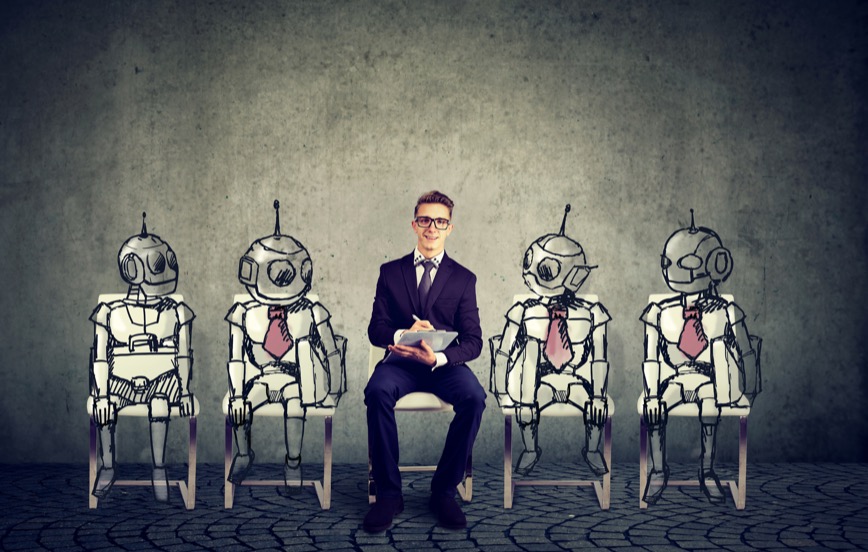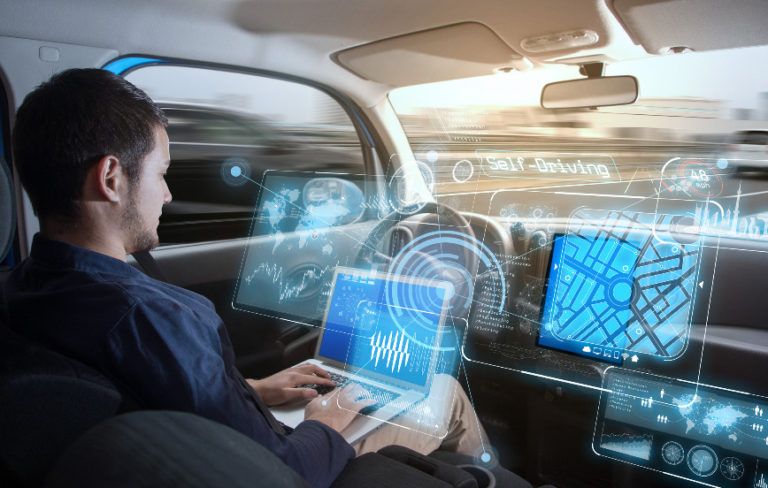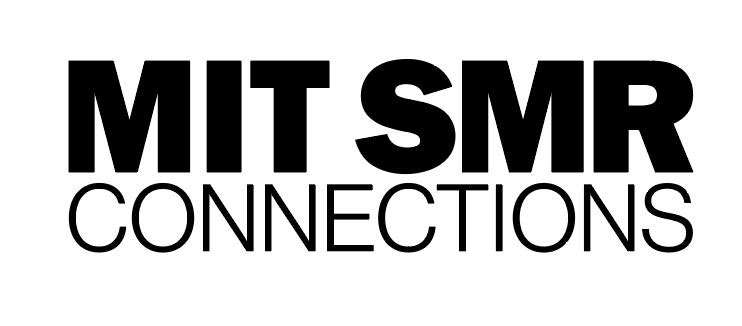William Lee of Calverton, United Kingdom created a machine to knit stockings in 1589, but was discouraged by Queen Elizabeth I of England who had concerns about its impact upon employment1. Such concerns about the impact on new technologies upon the workplace led to protests by the Luddites in the early 1800s and the destruction of machines. However, few anticipated the transformational impact of the early forms of typewriters.

Most recently, developments in Artificial Intelligence (AI) and autonomous technologies have provoked debate about the displacement of humans from the workplace, with the possibility of mass unemployment2. Whilst newer forms of technology may change the nature of work, perhaps in unanticipated ways, do we, like previous generations, have a paranoia about its possible negative effects?
How can we make sense of this?
There are a number of considerations.
First, we can acknowledge there are many issues that shape the workplace, recognising their relevance at multiple levels. At the macro level of global regions, issues include international relations, migration patterns (including refugees), and geo-locational advantages, such as natural resources and infrastructure development. At the national and more local levels, political stability, wealth, quality of educational and welfare systems, and the availability and capability of labour to meet requirements are just a few of the concerns. At the fundamental level of the individual, we can consider the person’s social context and the disposition and adaptability to alternative forms of work, including self-employment. Underpinning all this is accessibility to technology of any form. The global landscape is characterised by its variety and uncertainty, with change and instability being the norm. This makes any predictions about the future of work highly speculative.
Second, we can scope the range of current technological developments, which gives us a feel for where technological developments are heading. Focusing upon the artefactual and data aspects of technology, we can consider the possibilities these afford for what we do and how we interact—the purpose they can serve. By focusing upon these affordances, we can identify a range of uses and map onto these some of the emerging technologies such as 5G, Internet of Things (IOT), AI, and robotics.
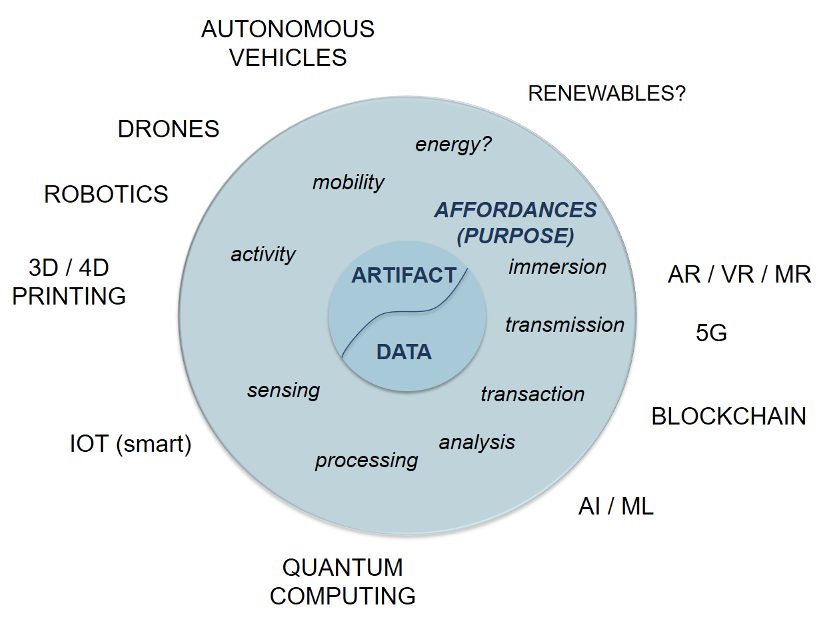
What is significant about these developments is not their isolated development, but their configuration and integration to exploit synergies. For example, sensors (IoT) on autonomous devices with high-bandwidth connectivity (5G – 6G) to a network of edge-cloud-core AI-enabled computing can permit coordinated action among autonomous devices such as autonomous vehicles. Indeed, together with my co-author Sally Eaves, we explored a developmental trajectory leading to the emergence of connected autonomous technological entities able to produce themselves using digital twins and 3D-printing3. In this scenario, humans did become redundant. However, this is perhaps an extreme vision. It ignores what we know about the implementation of technology. Implementation tends to be problematic.
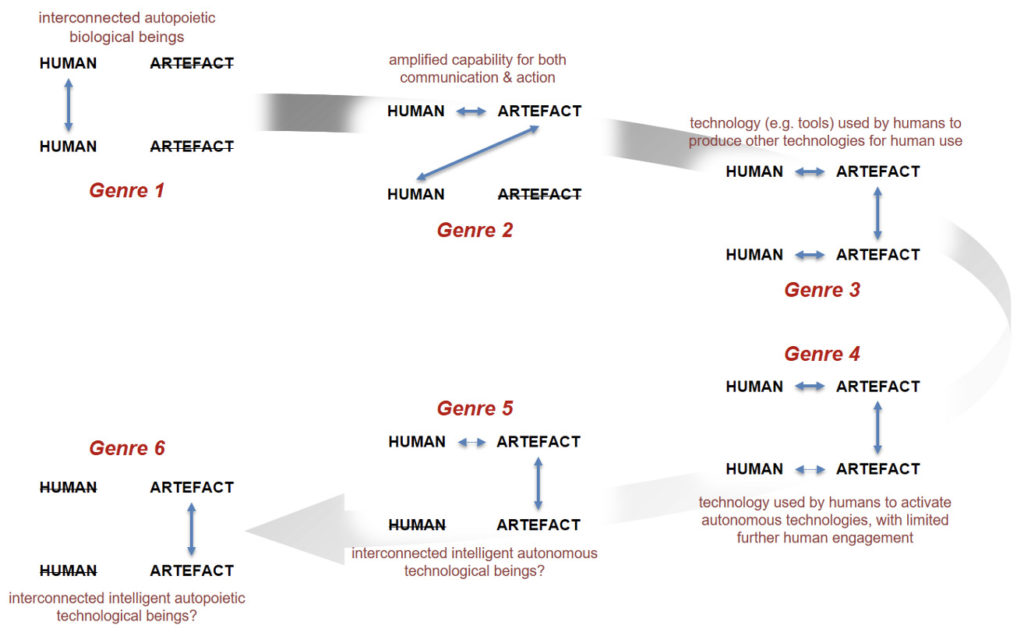
This leads to the third consideration—that of implementation. It is problematic due to the complexity inherent in many applications. Seven possible dimensions can be identified. At the core is the artefact and data. These only have meaning in their use—the possibilities these afford to achieve some purpose, hopefully for benefit rather than harm. This leads to the design of interfaces to facilitate our use of these. However, the manner in which we adopt and embed technology into our everyday lives involves some form of process, perhaps calling for project and change management as well as a requirement for leadership and training. This can be challenging if it involves something as complex as an enterprise resource planning (ERP) system. Moreover, there may be organisational and management implications, raising issues such as resistance, re-organisation and redundancy. Underpinning this is the question of whether the implementation was worthwhile. How are costs drowned in the benefits and new opportunities such as improved productivity and new business models? To complete this model are the more general issues such as cybersecurity, transparency, privacy, and environmental impact. Implementation is potentially highly problematic.
To add, whilst we hope implementation is for benefit, ideally to benefit both society and the environment, we cannot assume everyone believes in Tech for Good. There is a dark side which will undermine take-up, whether accidental or deliberate. This brings to the fore the importance of trust. By implication, it highlights the role of those with responsibility for the development and deployment of newer forms of technology, to be committed to human concerns. This suggests a role for communication, training, and education.
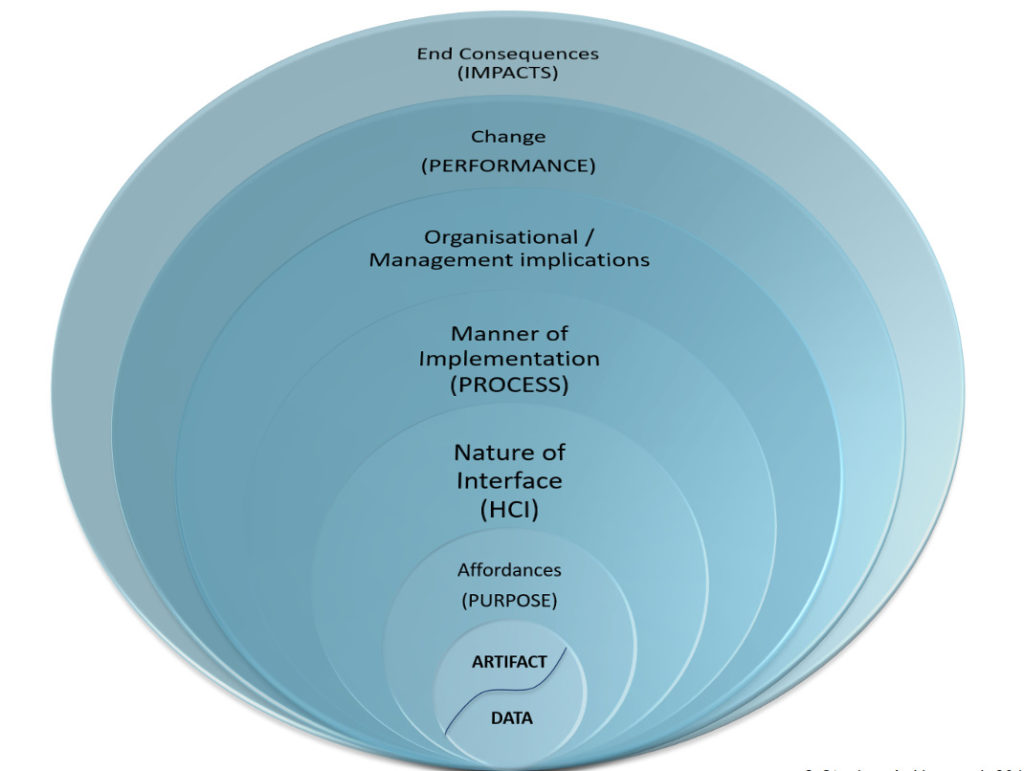
Given this latter point, then the fourth consideration relates to communication, training, and education. Fear arises from the perception of threat. The inability to adapt arises from a locked in mindset. Communication is needed to reach out to people to let them appreciate technology. Training and education is needed to help people understand and develop the knowledge and skills to engage with newer forms of technology. This leads to a rethink, whereby education and training gives prominence to how people can better know themselves in terms of how they can learn and adapt. This perhaps requires a transformation in the educational systems from an emphasis on content to one of process. Underpinning this is a view of learning as being lifelong. This suggests that an alternative to the university is the makerspace, this being a community-based centre of learning, freed from the pressure of ‘passing’ assessments, with emphasis on being oneself and learning from making mistakes.
The fifth consideration is regulatory with emphasis upon leadership and governance. This raises the question of what are the requisite institutional requirements that will enhance inclusion, diversity and a sense of belonging in the workplace, irrespective of technological developments. This calls for an alternative to centralised –decentralised views of governance. This invokes a distributed governance model, whereby there are shared values, but also a degree of autonomy at all levels about what happens, that is appropriate to the requirements of each level.
So where does this leave us?
Against the backdrop of many issues shaping the workplace at all levels, which it is anticipated will still be with us into the future, newer forms of technology will continue to emerge and afford new possibilities for doing things and interacting. However, implementation is anticipated to be problematic, thus inhibiting uptake. Whilst some forms of work will become redundant, other forms will emerge. There will always be a need for the technical skills to bring into being, implement, and maintain technologies. Likewise, some people and organisations will be able to exploit newer forms of technology, perhaps irrespective of the social and environmental consequences.
Nevertheless, others will find they have become redundant without the support and capability to engage in a technologically enabled workplace. Indeed, inequalities within society around the world and at all levels will inhibit access to and the take-up of newer forms of technology. However, as the more routine tasks fall to technology, this pushes to the fore human creativity, sociability, and concern for sustainable development, thereby creating opportunities. Indeed, growing concern for social and environmental issues may fuel a different form of work traditionally related to production and transportation. Underpinning this is the importance of communication, training, and education supported by appropriate regulatory conditions. ‘Lifelong learning’ is no longer rhetorical but essential.
Rather than predict a new world of work which comprises only intelligent and connected autonomous technological entities, I suggest that, whilst the future of work is likely to have a much higher technological presence, given the complexity of society, people will still form an important element. What will change is the increasing prominence of its social and creative features. People will still have work. However, my one assumption is that society, globally, is underpinned by democratic principles.
